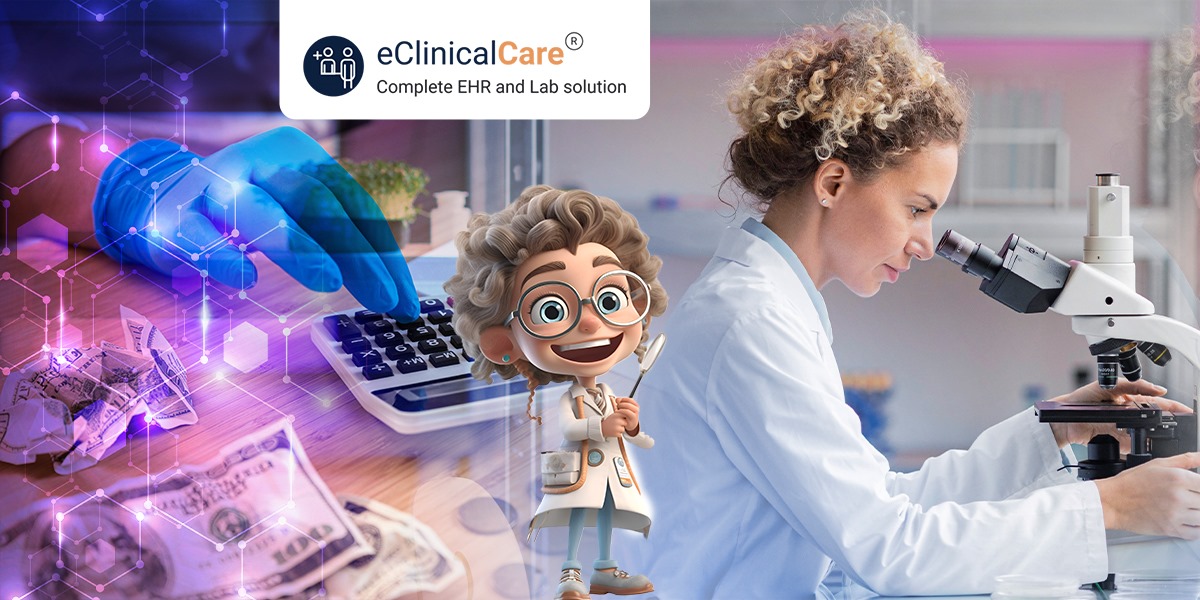How does LIMS improve data management and accuracy in labs?

Eclinical LIMS software simplifies the handling of samples, test results, and related data, thereby boosting the efficiency and effectiveness of laboratory operations.
Modern laboratories must have a Laboratory Information Management System (LIMS). The laboratory can finish more work in less time due to increased productivity.
Let us explore in detail how LIMS improves data management and accuracy in labs.
Role of LIMS
From the inception of the laboratory management system, it followed the traditional labelling and record-keeping methods. A dedicated laboratory information management system began appearing with new features.
Today’s LIMS software is incredibly dependable. After being gathered, the sample is brought to the lab and tagged. The software program can update the database’s results and progress instantly. It facilitates sample collection and patient report delivery for lab facilities. It bridges the lab faculty, where the necessary data is kept, and the database.
Data Management
LIMS Sample Manager accurately tracks every sample from the time it is received in the lab until the end of its existence.
Support for data tracking and a flexible design are its primary features. Over time, the characteristics of LIMSs, or Laboratory Information Systems, have changed from tracking to enterprise resource planning, which now manages various laboratory informatics-related tasks.
All of the sample’s pertinent data, including its source, expiration date, storage, and researcher names, is kept in the LIMS software. Preserving all the data lowers the possibility of sample loss, contamination, and expiration.
The position of a sample can also be tracked using the LIMS. Assigning the sample to a particular freezer location—often right down to the shelf or box level—is the process of location tracking.
Accuracy
Labs can adhere to industry best practices with the support of LIMS, which offers a precise tracking level. The system automatically logs some data to produce more dependable findings, saving time that may have been spent manually logging samples and refining their procedures for accuracy and efficiency.
By streamlining workflows and laboratory procedures, LIMS software lowers manual error rates and increases data accuracy.
LIMS on the Cloud and Matching Interface in LIMS
Storage space in the cloud is unlimited. It provides multiple forms of support for laboratory information management systems. Because of its numerous redundant systems, data loss and backup are not concerns.
Additionally, given the right access, it can access data anytime and from any location. Data upkeep is less expensive than with standalone LIMS. It offers adequate bandwidth to support traffic with fewer access points and a bigger bandwidth. Because LIMS software is cloud-based, it has control over delivery and processing.
By automating numerous manual tasks previously completed by scientists and laboratory staff, labs can free up critical time and resources by implementing a LIMS.
Wrap up
Patients can gain insights into LIMS thanks to the integration of LIMS software in India. Once the data is accessible, patients can monitor their medical records. Assisting patients in staying current while requiring less work.
The program began as a hospital record-keeping and management tool but has since developed into a state management tool. Both the healthcare facility and the healthcare industry have benefited from it.


